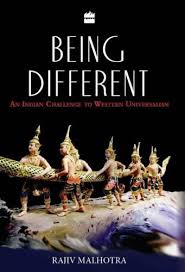Why Hagia Sophia, Turkey And The Charismatic Figure Of Erdogan Bristle With Resonances For India:
The Hagia Sophia reconversion ultimately points to the failure of the Kemalist project of top-down secularism. Much like the state secularism of nationalist authoritarian leaders in Egypt, Iran, Iraq etc had failed to lead to the secularisation of the wider society, it seems Turkey is no longer the exception it was long hoped to be. More fundamentally, the failing secularism of Turkey and India begs the question: is secularism even possible in non-Christian/non-Western societies? Without the Western experiences of Reformation and the Enlightenment, hard-fought victories as they were, can non-Western societies value the principles of freedom and secularism? Why is it that, unlike in the West where democratisation and secularism went hand in hand, greater democratisation has seemed to only bring religious chauvinism in India and Turkey?
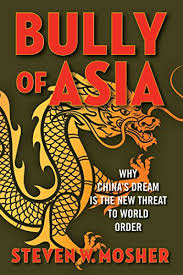 Too often non-white intellectuals, in particular those from the Indian subcontinent and the Middle East, look only to Europe as their historical exemplars.
Too often non-white intellectuals, in particular those from the Indian subcontinent and the Middle East, look only to Europe as their historical exemplars.
There is a legitimate argument that secularism in the Westphalian nation-state context, and using the model of the American republic, is the contingent outcome of the Reformation, and in particular Radical Protestant anti-state sentiment as well as Calvinist disenchantment with the world, and the sieve of the Enlightenment. But I don’t think this is what the author meant. Rather, I think the author is highlighting the importance of religious identity across the world.
In India and Islamic societies, your religion defines you in a very deep way. Religion and state have been deeply connected. The American and French models are objects of emulation but from a deeply alien tradition.
But these are not the only models and outcomes. China, Korea, and Japan are all societies where public religious identity is not nearly as important as it is in the Indian subcontinent and the world of Islam. I am not saying that people in East Asia are not religious or do not have supernatural beliefs. On the whole, they are less religious and more atheistic. But looking at religious affiliation numbers overstates this truth.
Rather, these are societies where religion does not dominate public political life because they have a particular history with organized religion which subordinates it to the political life of the society and nation.
Let me give three examples
– In the 9th century, the Tang dynasty expropriated property from Buddhist monasteries and defrocked monks and nuns. This is due to the fact that Buddhism was starting to become as powerful in China as the Catholic Church was to become in Europe.
– In the 15th century, the Joseon dynasty of Korea suppressed Buddhism in cities and drove the religion to the mountains. The percentage of Buddhists in Korea has actually increased in the 20th century for this reason.
– In the 16th century, Oda Nobunaga broke the power of Buddhist monasteries, in part by burning the down.
There is a history out there that is not European. Read some books.
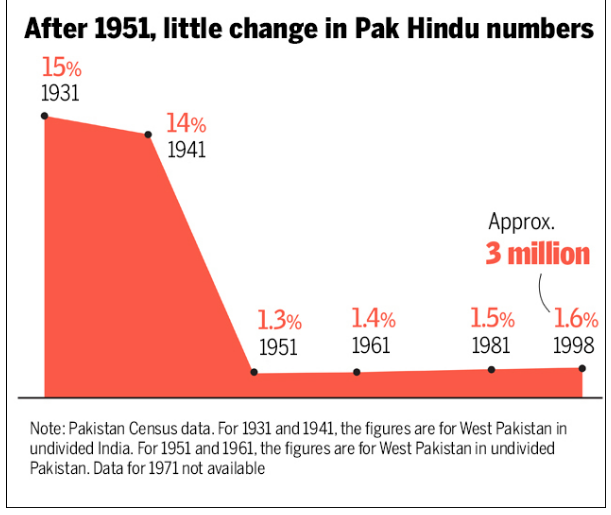
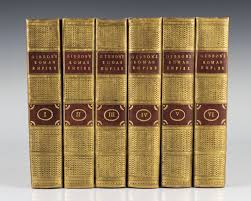
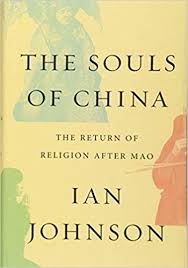
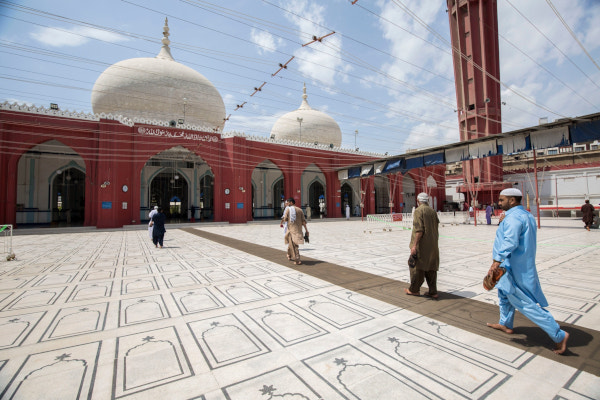
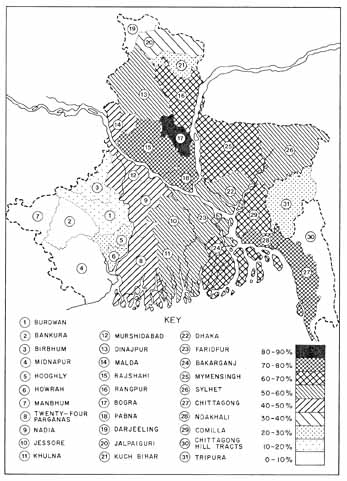
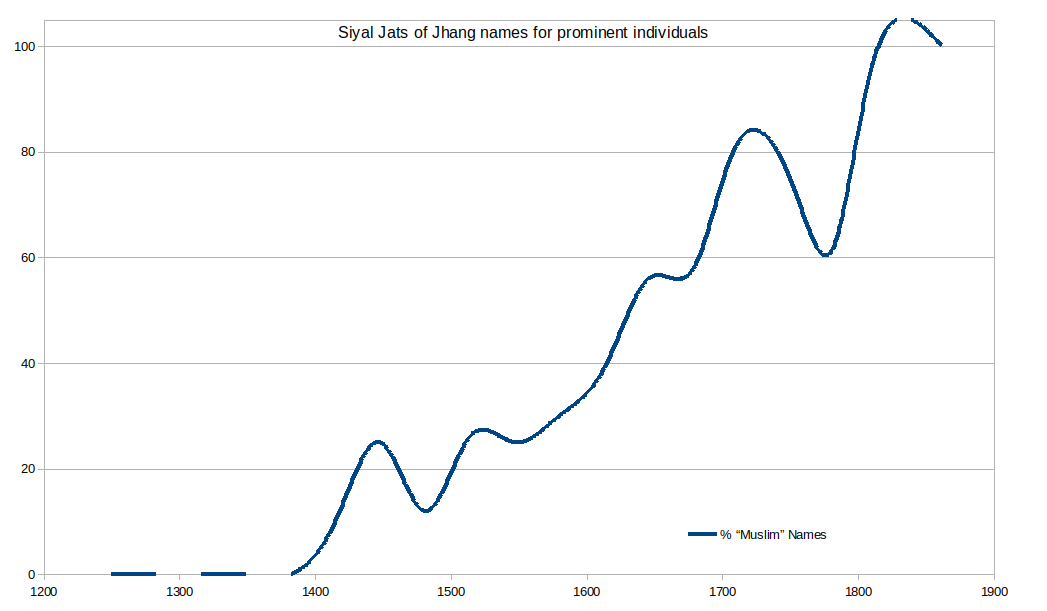
 An argument that emerges now and then on this website has to do with the nature of the ancestors of Indian (South Asian) Muslims. Where they Hindus? Much hinges on semantics. The term “Hindu” after all simply meant Indian in the days of yore, so by definition, they were.
An argument that emerges now and then on this website has to do with the nature of the ancestors of Indian (South Asian) Muslims. Where they Hindus? Much hinges on semantics. The term “Hindu” after all simply meant Indian in the days of yore, so by definition, they were.